Steve McCurry's Icons are on display in Pisa.
New Year’s Eve with Steve McCurry in Pisa. Indeed, it opens on January 1, and runs until April 7, 2024, the exhibition Steve McCurry. Icons, curated by Biba Giacchetti and organized at the Arsenali Repubblicani (Via Bonanno Pisano 2) by Artika, in collaboration with Sudest57 and with the patricionio of the City of Pisa. The exhibition, with more than 90 shots, presents a summary of the vast production of Steve McCurry, one of the greatest masters of contemporary photography and a reference point for a very wide audience that recognizes in his photographs a unique and direct way of looking at our time.
The exhibition is intended as a symbolic journey into the complex universe of experiences and emotions that has characterized his images for more than 40 years, starting with the famous shot of Sharbat Gula, the Afghan girl whom McCurry photographed in 1984 in the Peshawar refugee camp in Pakistan and who has become an absolute icon of world photography. From India to Burma, Mongolia to Africa, and Italy: with his photographs Steve McCurry brings us into contact with the most distant ethnic groups and the most disparate social conditions. Shots that highlight a human condition made of universal feelings, of looks whose pride affirms, beyond geographical and cultural boundaries, the same dignity. With his photography McCurry crosses borders and allows everyone to get up close and personal with a world that is increasingly destined for great change.
The journey begins with a sequence of portraits and develops through a free path that embraces different themes and situations. Icons is also the title of a publication that forms the exhibition catalog, an exclusive dialogue in which Steve reveals the stories and backgrounds of his most beloved images. Through his particular photographic style, Steve McCurry places his focus on the humanity of the subject. Through his shots he conveys to us the human face that lurks in every corner of the earth, even in the most dramatic ones. If Henri Cartier-Bresson was “the eye of his century” (the 20th century), McCurry is probably the contemporary photographer most likely to pick up his legacy. Indeed, thanks to his keen sensitivity, he is able to penetrate deep into the chosen subjects, revealing the profound similarity of all individuals on earth, beyond socio-cultural difficulties. The photographer always tries to put a face to the situations in which he finds himself immersed as a reporter, especially if those circumstances are extremely tragic.
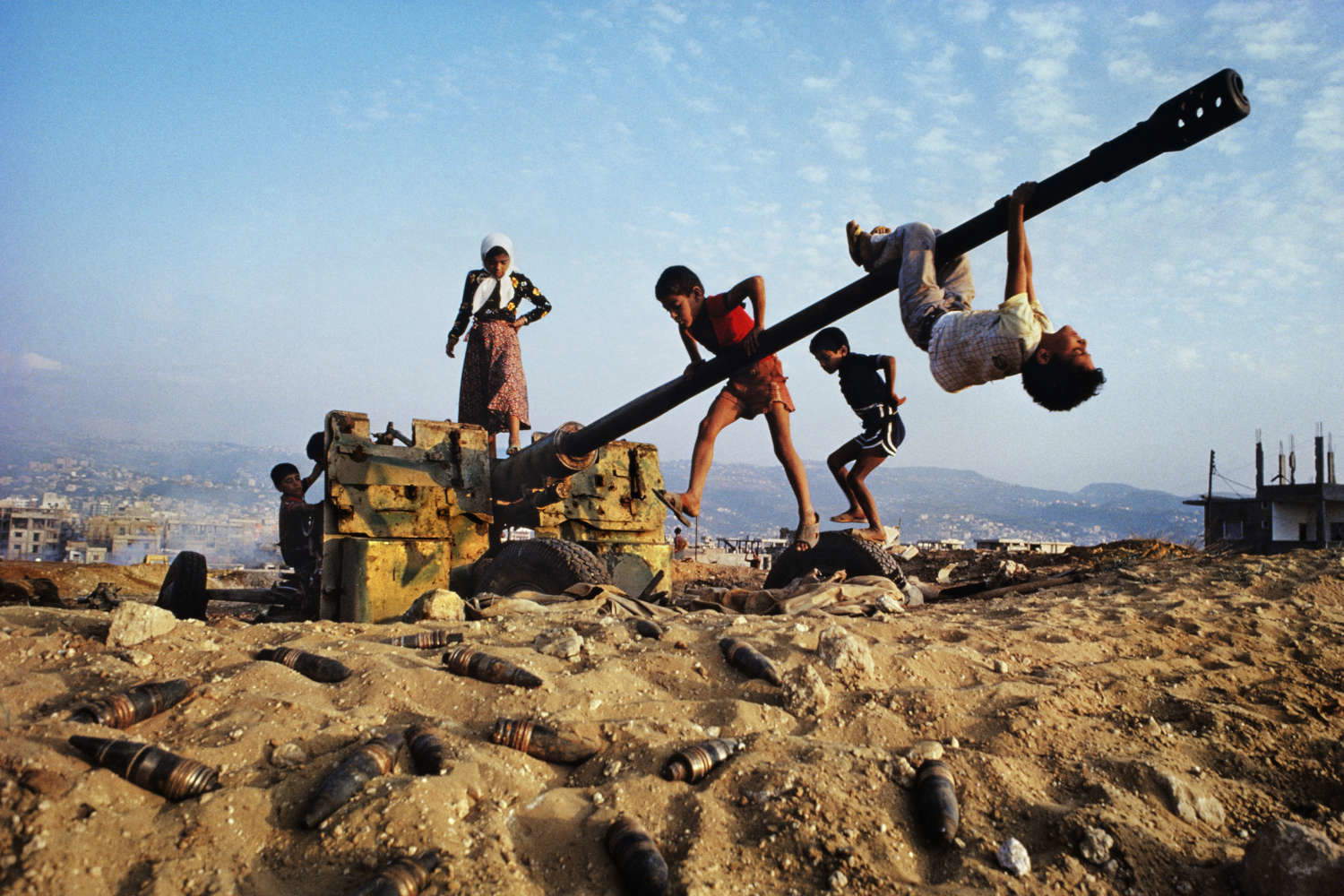
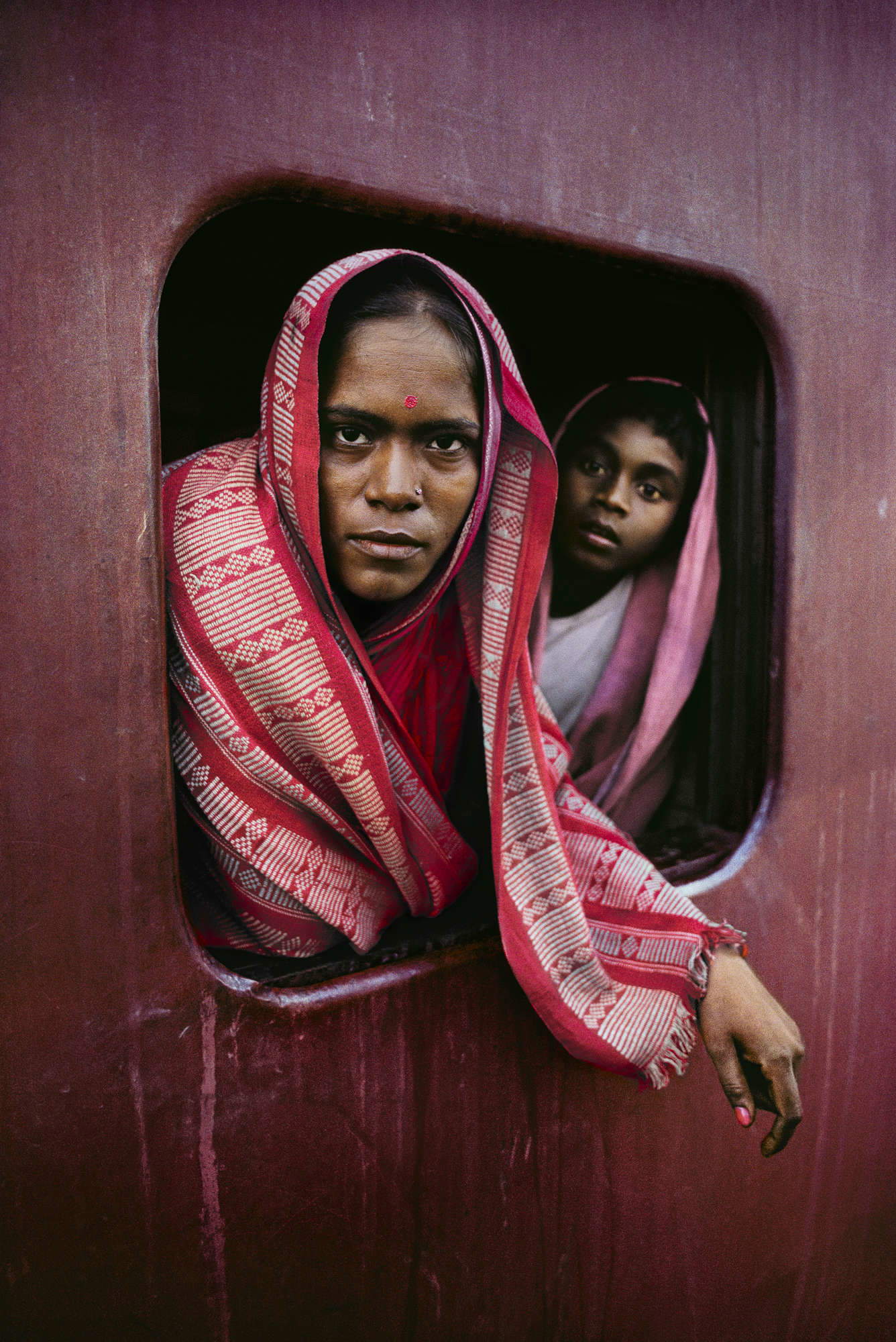
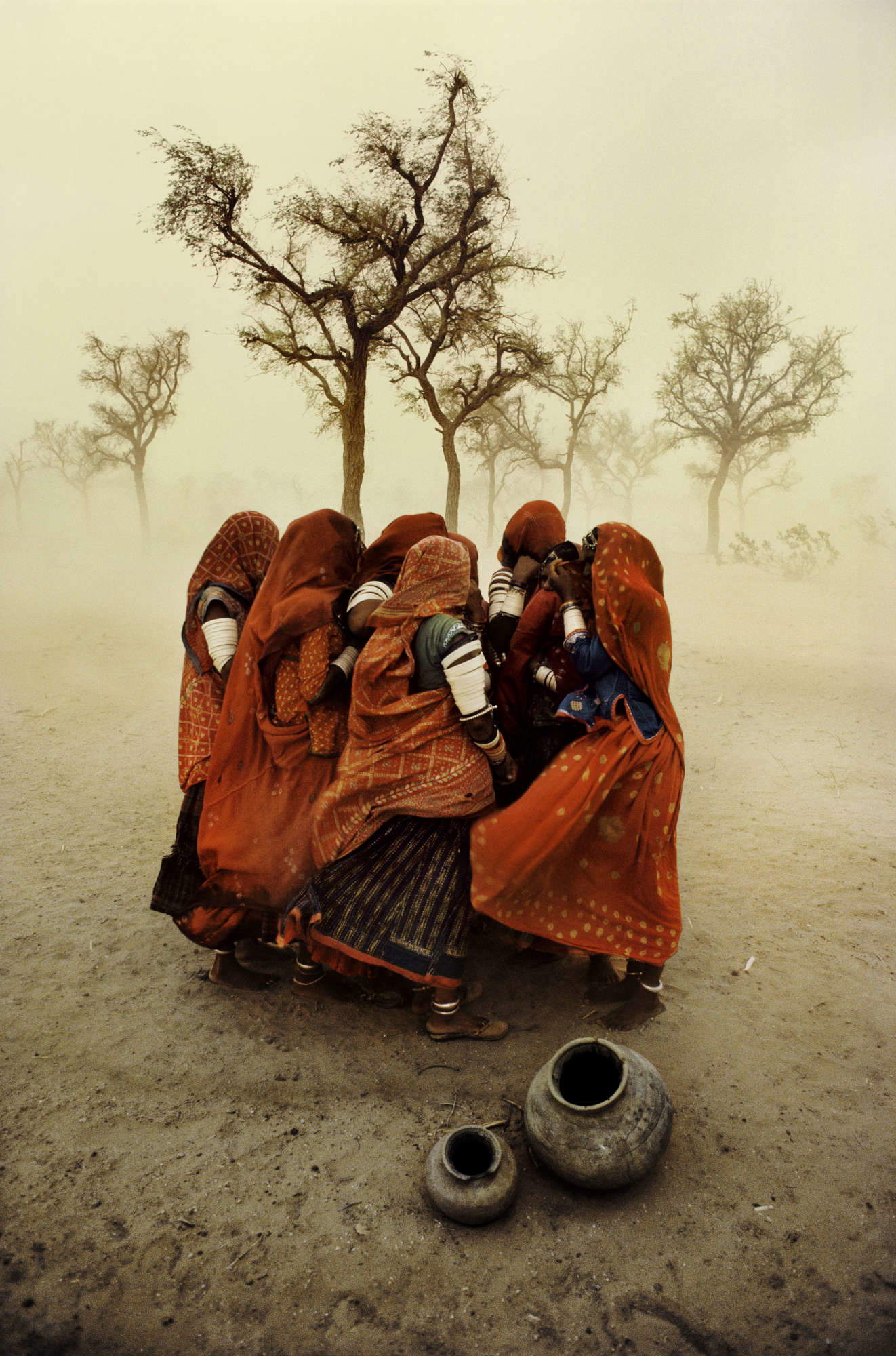
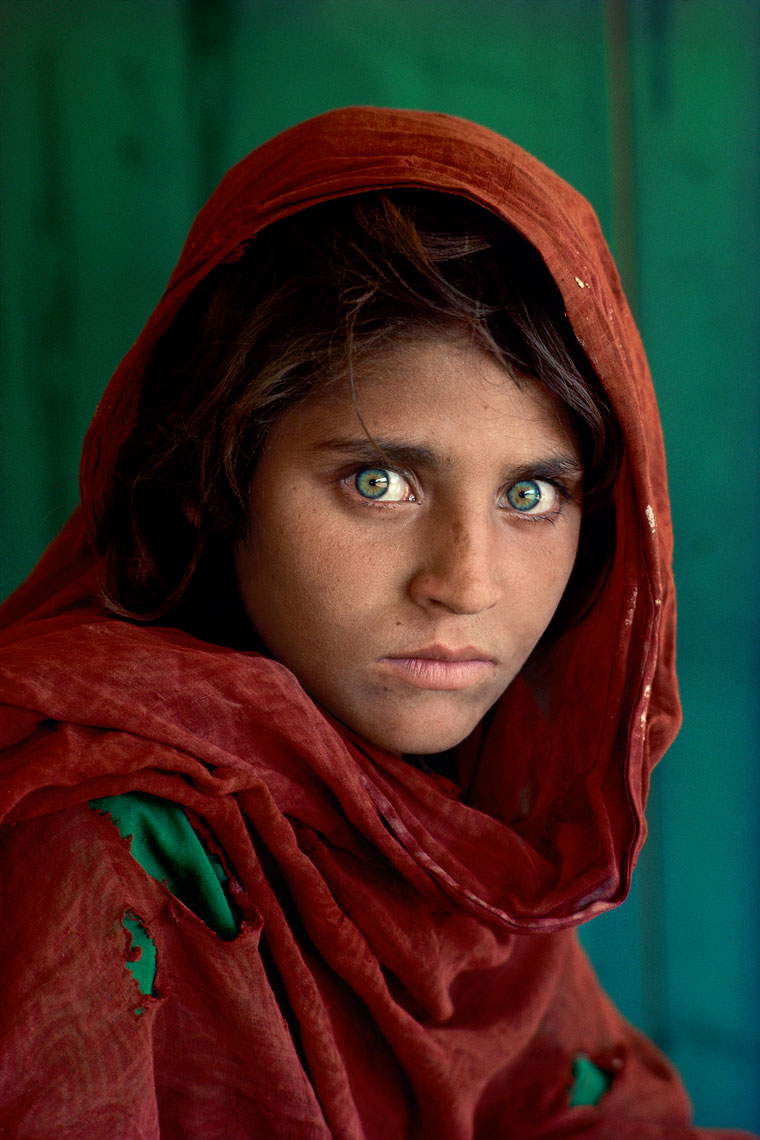 Steve McCurry,
Steve McCurry,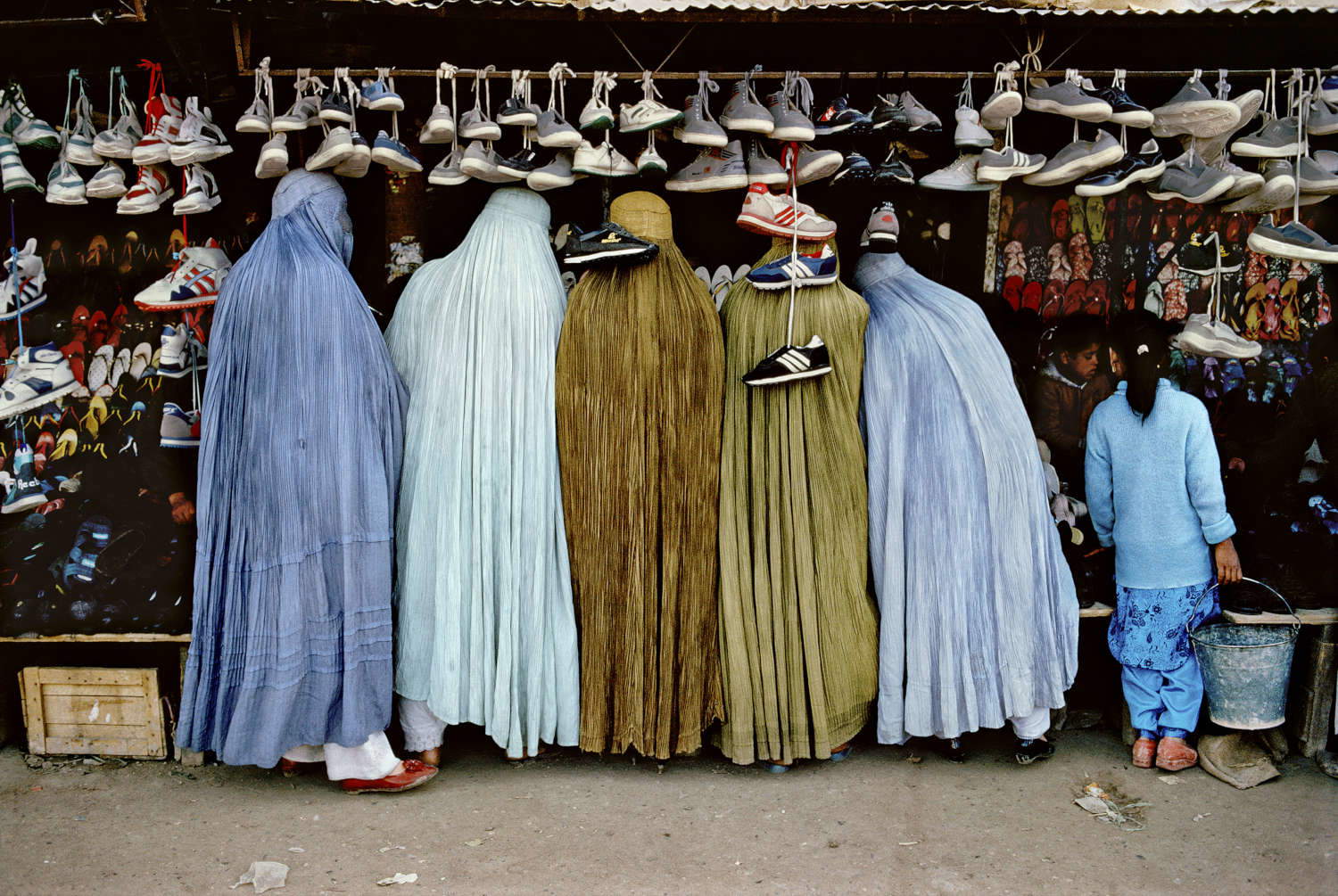 Steve McCurry,
Steve McCurry,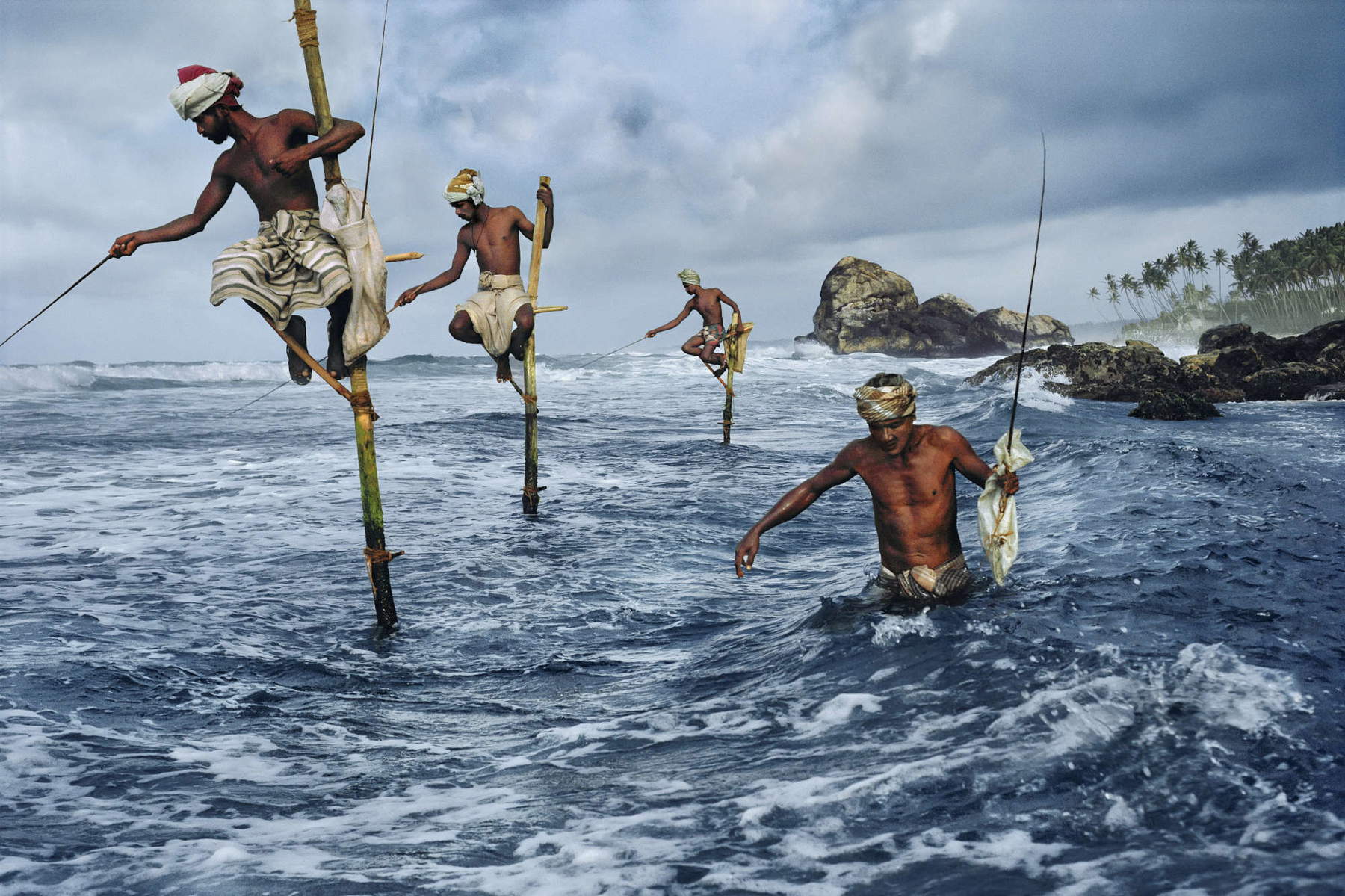 Steve McCurry,
Steve McCurry,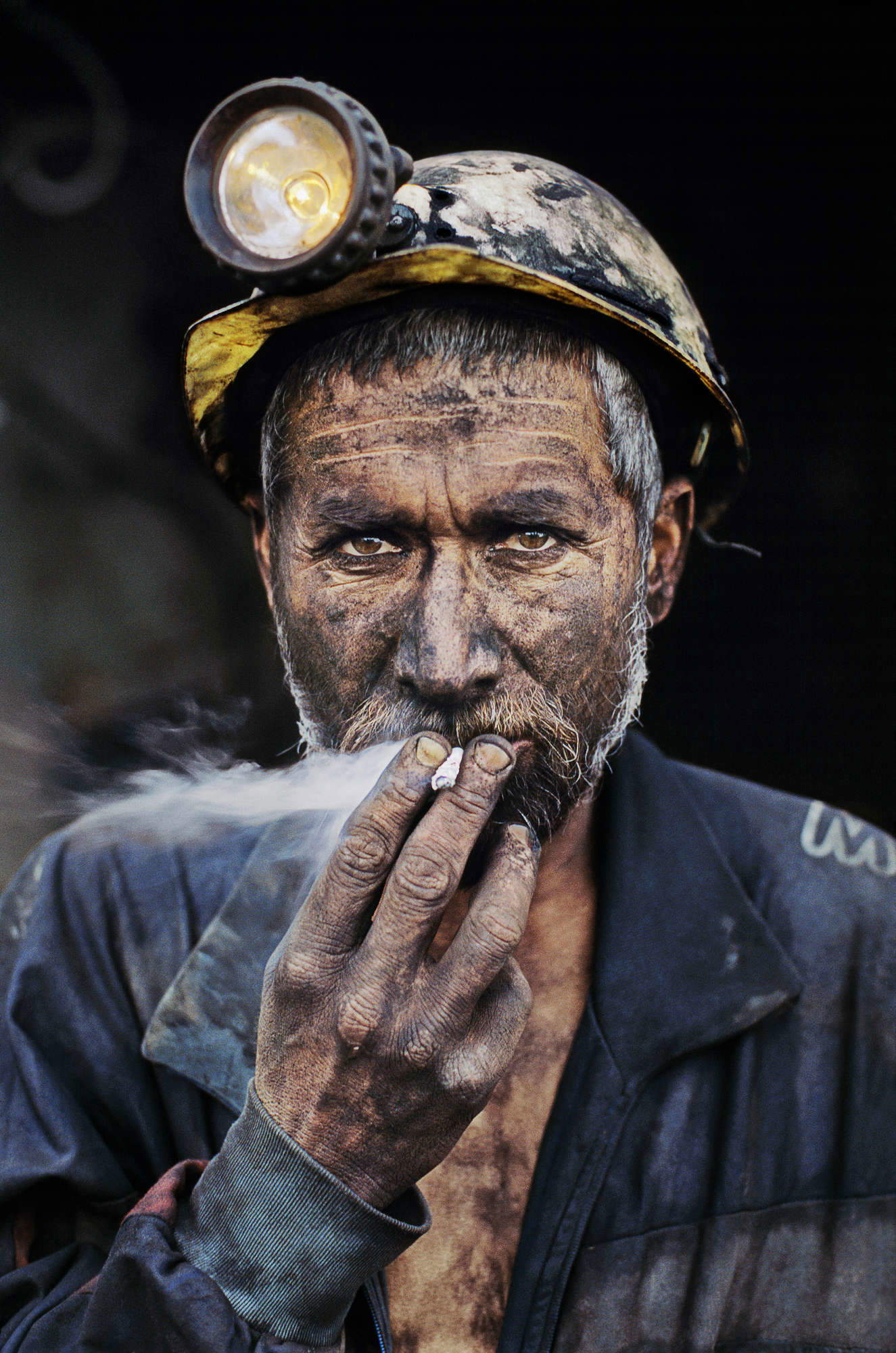 Steve McCurry,
Steve McCurry,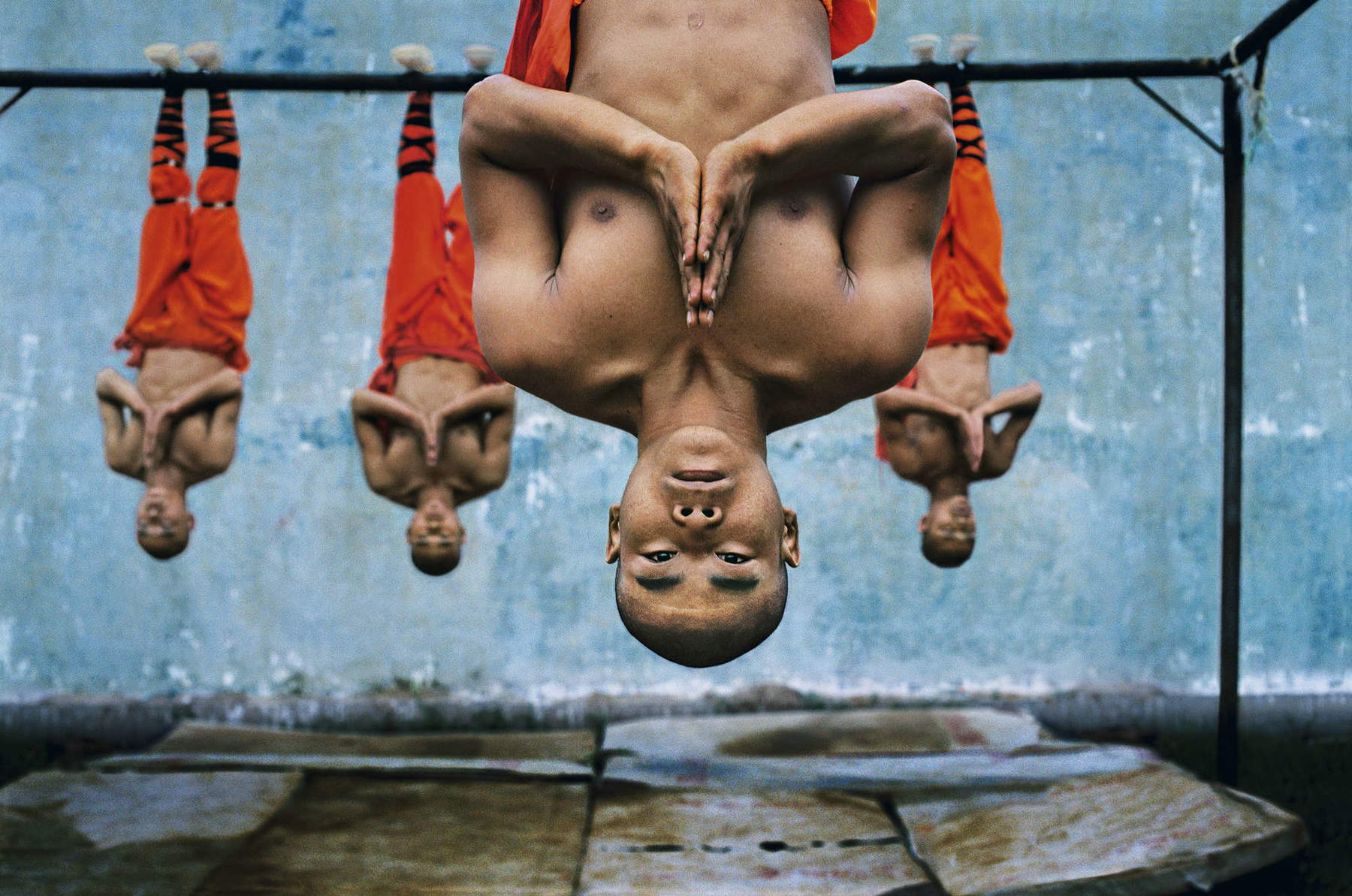 Steve McCurry,
Steve McCurry,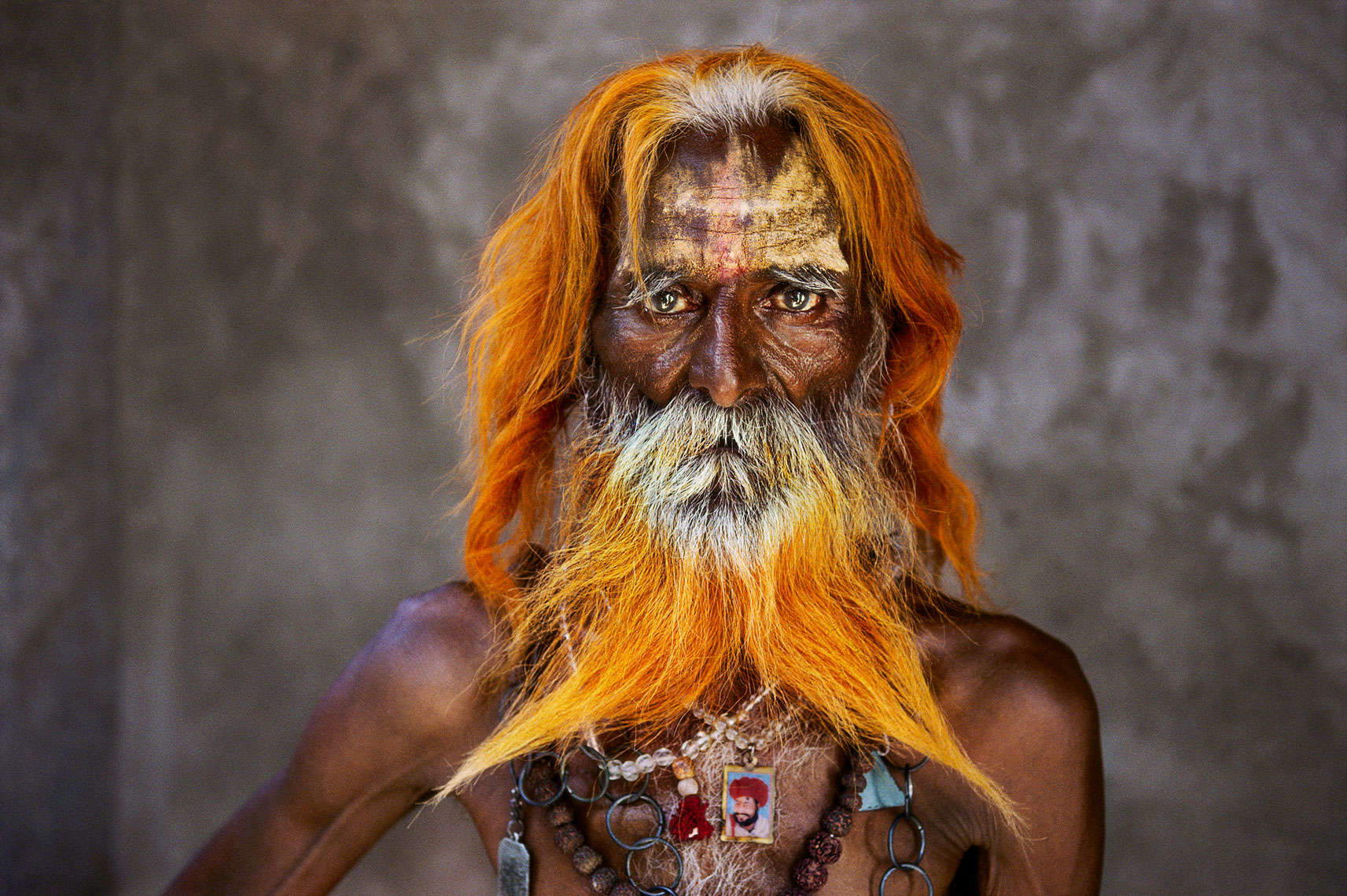
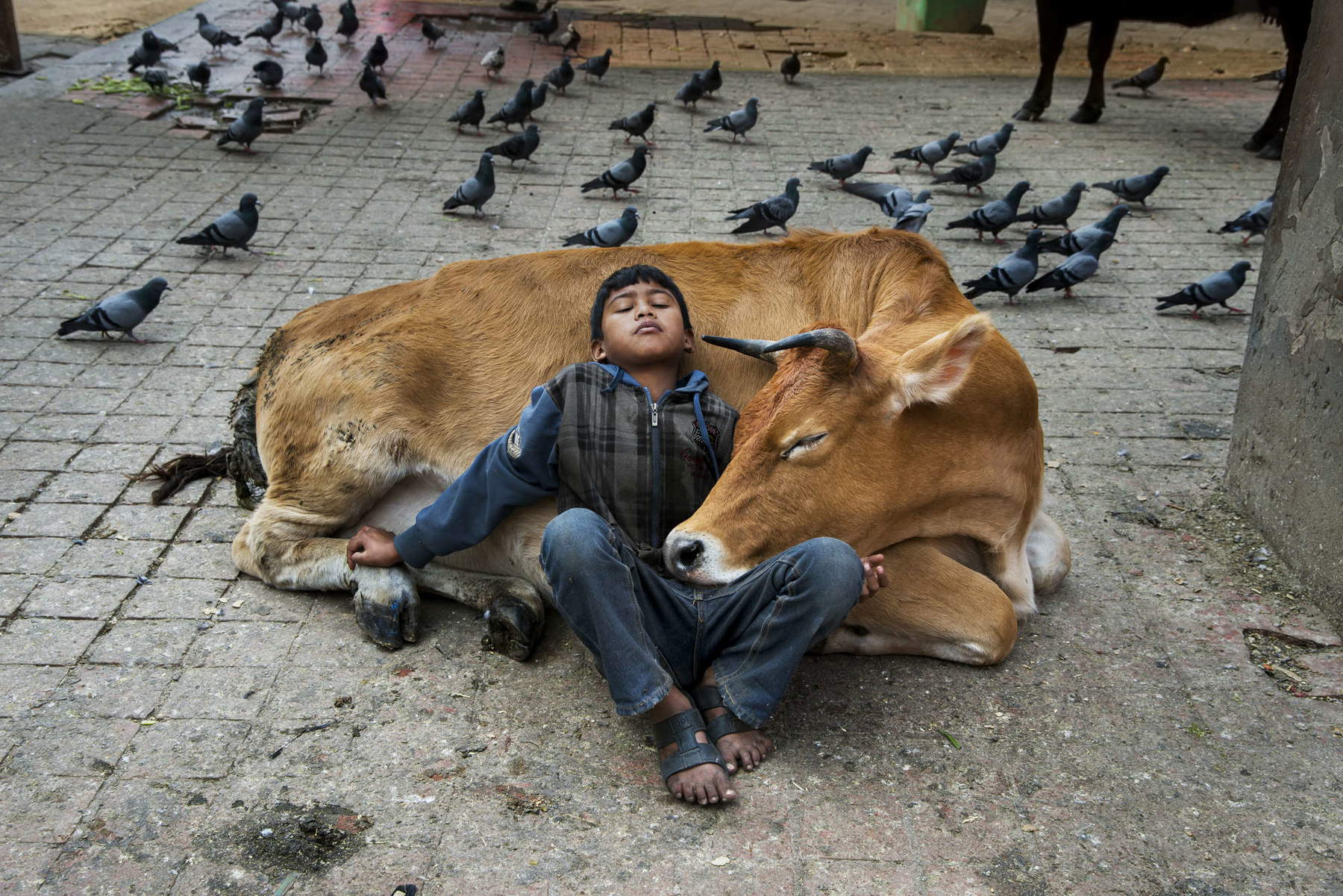
Curiosity is the driving force behind his research, capable of pushing him, since he was a teenager, to cross every border, be it physical, linguistic or cultural. In each of his photos Steve McCurry tells a story that, once revealed, is able to communicate the complexity of an entire context. These are McCurry’s words, “Most of my photos are rooted in people. I look for the moment when the most genuine soul emerges, when experience is imprinted on a person’s face. I try to convey what a person caught in a broader context that we might call the human condition can be. I want to convey the visceral sense of beauty and wonder that I have found before me on my travels, when the surprise of being a stranger is mixed with the joy of familiarity.”
Narrative insights will be featured in the audio guide that, for the occasion, will be downloadable via app to visitors’ smartphones. The exhibition can be visited Wednesday through Friday from 10 a.m. to 1 p.m. and 2 p.m. to 7 p.m., Saturdays, Sundays and holidays 10 a.m. to 7 p.m. (the ticket office closes 30 minutes earlier). Tickets: full price: € 14.00; reduced: € 12.00 (students 18-26 years old, Feltrinelli members, Fai members, groups min. 10 people); family ticket: € 12.00 each parents + € 10.00 each under 18 (minimum 1 adult and 1 minor); reduced disabled: € 10.00; school ticket: € 7.00 (each) min. 10 - max. 25 students per group + 2 free for accompanying teachers (up to high school grade); courtesy ticket: € 2.00 accompanying persons with disabilities and students with disabilities in school group; free: under 6, journalists with badge upon registration at ticket office, tour guides with badge, accompanying teachers of classes.
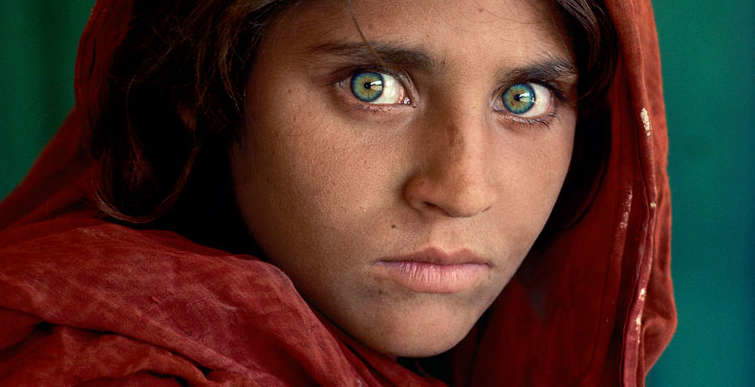 |
| Steve McCurry's Icons are on display in Pisa. |
Warning: the translation into English of the original Italian article was created using automatic tools. We undertake to review all articles, but we do not guarantee the total absence of inaccuracies in the translation due to the program. You can find the original by clicking on the ITA button. If you find any mistake,please contact us.



























